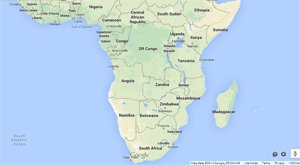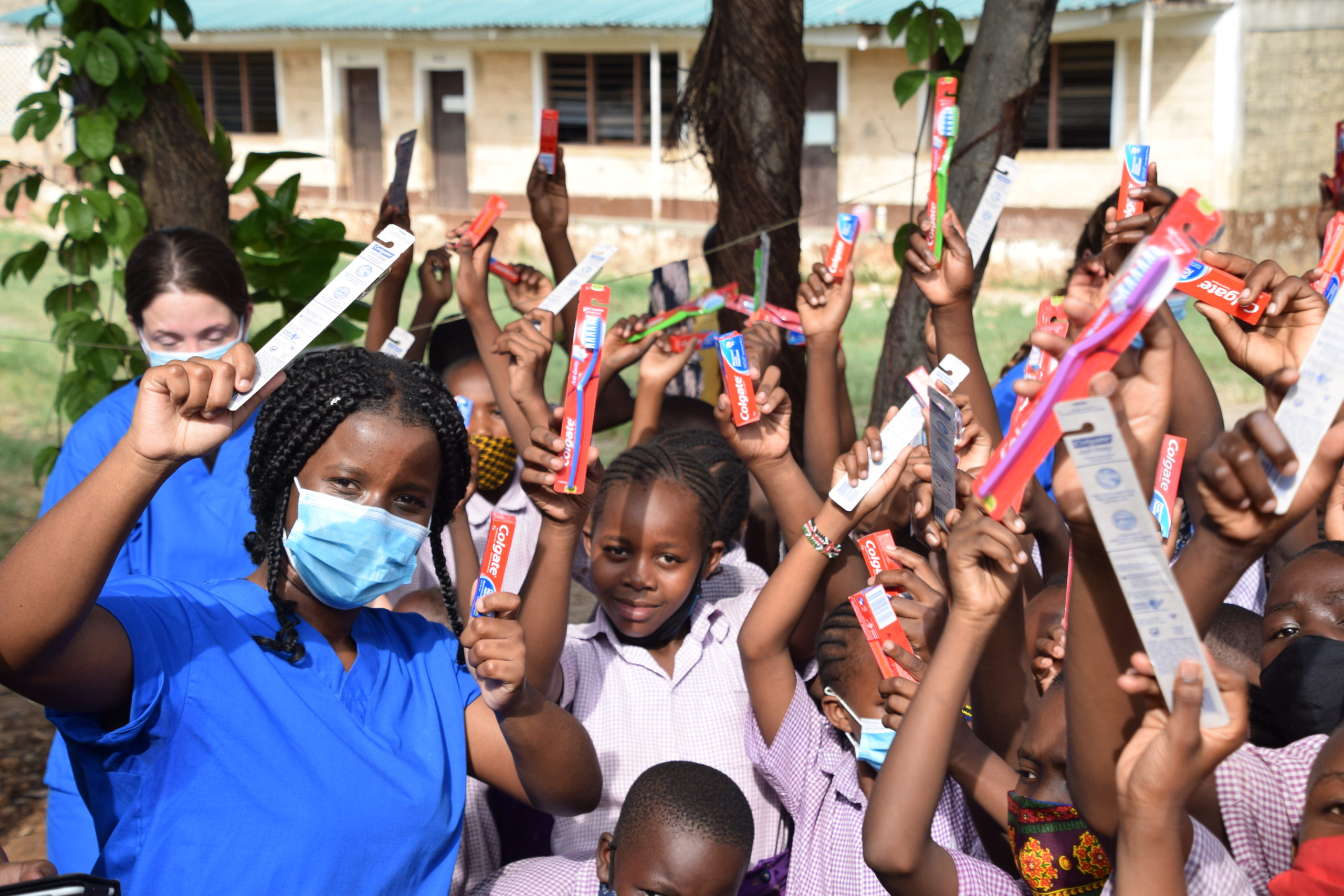Global Initiatives - Uganda
Uganda
From unique national parks to diverse exports, The Republic of Uganda has much to offer. After years of civil unrest, Uganda has rebounded significantly to become a relatively stable country. With political stability at an all time high and economic growth exceeding 5% annually, Uganda’s middle class is expanding rapidly and urbanization is clearly visible throughout the country. However, 23.4% of the population still lives below the poverty line with most of the population concentrated in rural areas. In addition, with the second highest population growth rate in the world, Uganda’s population is expected to double in 20 years. Increasing population pressure has the ability stagnate economic growth, threaten the unique environment and severely effect health outcomes. Improving various facets of healthcare remains a top priority.
The United States Government, under President Obama’s Global Health Initiative, seeks to improve the quality of health in Uganda by improving access to care and developing sustainable community health systems. The primary focus will be improving maternal and infant mortality rates, which have remained high for decades. In addition, the rate of communicable disease in rural areas continues to increase due to the influx of refugees into the country. Approximately 1.5 million people live with HIV/AIDs and recent outbreaks of hemorrhagic fevers have threatened the population. Due to the current burden of disease, the average life expectancy in Uganda is 53, one of the worst life expectancies in the world. Improving access to medical care in rural areas, where majority of the population resides, limiting the spread of communicable disease and increasing education can significantly improve health outcomes in the Republic of Uganda.
Approach
Key Facts

Total Population (2012)
37.2 million
Population under 15 (2012)
43.3 %
Life expectancy at birth (2012)
60
Maternal mortality ratio per 100,000 live births (2012)
414
Under 5 mortality rate per 1000 live births (2012)
23
Total expenditure on health as % of GDP (2010)
4.6%
General government expenditure on health as % of general expenditure (2012)
6.1%
Human Development Index rank out of 186 countries (2012)
145
Adult (15+) literacy rate (2012)
61.5%
Adult male (15+) literacy rate (2012)
64.2%
Adult female (15+) literacy rate (2012)
58.9%
Population with sustainable access to improved drinking water (2012)
57%
Population with sustainable access to improved sanitation (2012)
42%
Sources:
1. Kenya National Bureau of Statistics, Kenya Facts and Figures, 2008.
2. Ministry of Medical Services, Kenya Facts
and Figures, 2008
3. WHO Statistical Information Services, 2008
4. UNDP Human Development Report, 2013
5. Kenya National Bureau of Statistics: National Literacy Survey, 2007
6. WHO/UNICEF Joint Monitoring Programme


